The magic may fade a little during the busiest months on the tourist calendar, when the town is overcrowded, but Luang Prabang has done an impressive job keeping the spirit of the riverfront and the town centre low-rise, and free of the tackiest trappings of mass tourism. That’s no small accomplishment in this part of the world.
Luang Prabang travel highlights
* Check out the beautiful Buddhist temples from which the city’s tranquil energy radiates. 16th century Wat Xieng Thong is a highlight.
* The morning alms giving has become a mandatory tourist ritual. It’s definitely best during low season.
* The old Royal Palace Museum sits in stunning gardens.
* Sunrise or sunset over the Mekong from Mount Phou Si is a traveller ritual that still works.
* Slightly out of town, both Pak Ou caves along the Mekong and Kuang Si falls are well worth the time.
* Walk, cycle and relax - soaking up the peaceful vibe of Luang Prabang.
* Take a boat across the Mekong to visit centuries old wats and sacred caves.
Luang Prabang also has a surprisingly high number of beautiful places to stay that have mostly succeeded in reproducing the tasteful serenity of the town. The Aman folk have turned the old colonial hospital into the Amantaka Resort. You'll pay a pretty a penny to stay there too. There are other very comfortable stays that are less expensive. The old prison is now the Sofitel.
This might be a good place to splash out on accommodation.
But if you’d prefer to watch your wallet, you'll be able to find something tasteful and comfortable too.
Luang Prabang background
Luang Prabang may seem like a little piece of remote paradise, but it’s been a major player in Lao history and a place where regional powers from all directions have exerted influence. The Thai, Burmese, Vietnamese and tribes from China, have influenced the fortunes of the town at various times and diverse tourism influences are shaping contemporary the city.
Historical records position Luang Prabang at the centre of a regional kingdom back in the 7th century. In 1353, it became the capital of the Lane Xang - the first Lao kingdom - known as the Land of 1000 elephants. The royal family established by Fa Ngum ruled various kingdoms emanating from Luang Prabang, for six centuries until the communist takeover in 1975.
Luang Prabang continued to a centre of royal power and Lao Buddhism after the capital was moved to Vientiane in 1560. When Lane Xang kingdom collapsed decades later, Laos broke up into royal principalities and a fragile kingdom based itself in the city.
In the 19th century, the Black Flag Army from post-Taiping China ravaged and looted Luang Prabang, prompting the acceptance of French protection. A French presence began, an extension of the Indochina empire in Vietnam and Cambodia, that lasted until 1953.
The exit of the French didn’t bring stability to Laos or Luang Prabang. The Vietnam War spilled over into the country and when the Lao communists took control of the country in 1975, the monarchy was dissolved, ending centuries of royal rule from Luang Prabang.
When Luang Prabang was declared a World Heritage site in 1995, the city entered a new phase of tourism development that continues today.
Weather - best time to travel to Luang Prabang
I prefer Luang Prabang and elsewhere in Laos in the middle of the wet season between June and October. It can be hot (high 20s and low 30s by day) but you can depend on cooling downpours. And the rains leave everything lush and green. You may get a little damp and you may be holed up in your room a few times - but that’s a small price to pay. And of course everything is quieter during these months too.
November to February are the high season months for travel to Luang Prabang. It’s cooler and there’ll be less rain. By February, a haze of smoke can start to linger over the city from burning. In March, April and May, the dry conditions and temperatures peak - it can be very hot, dusty and hazy.

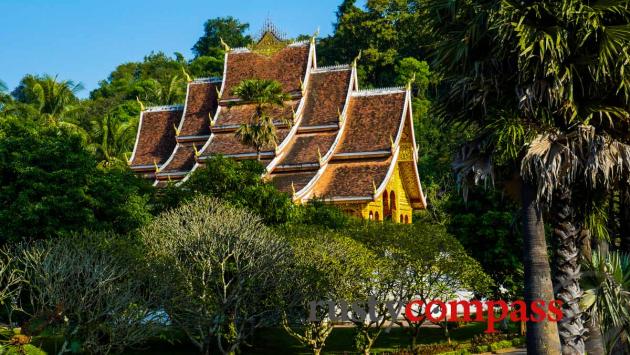
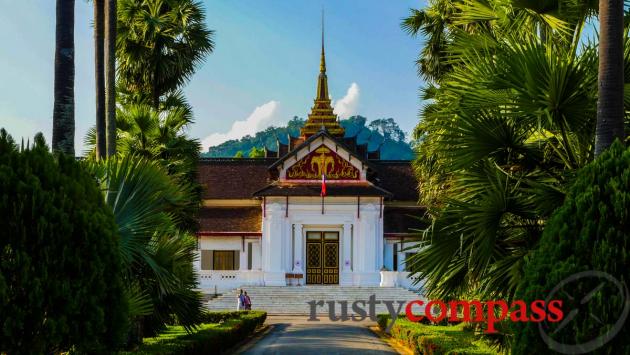
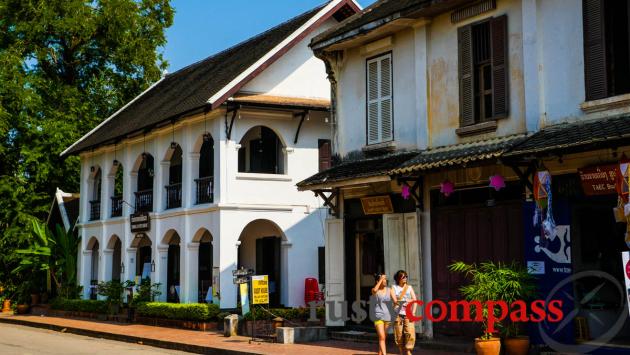
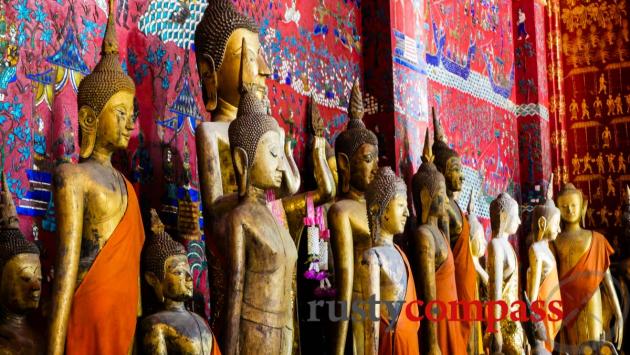
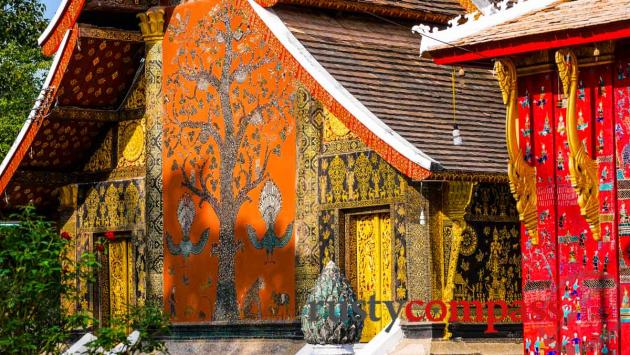
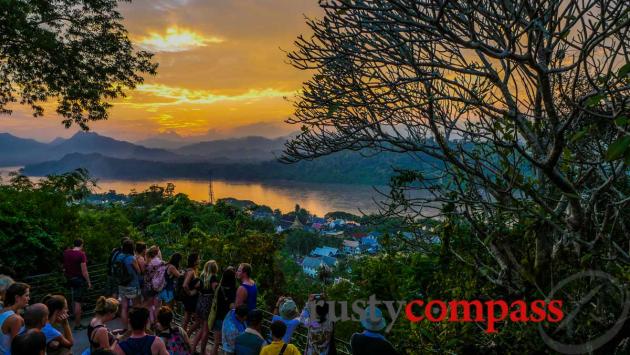
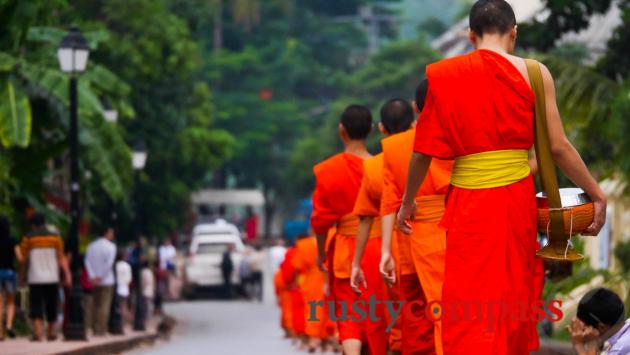
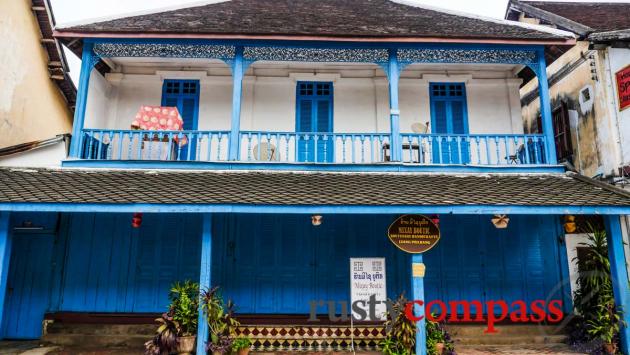
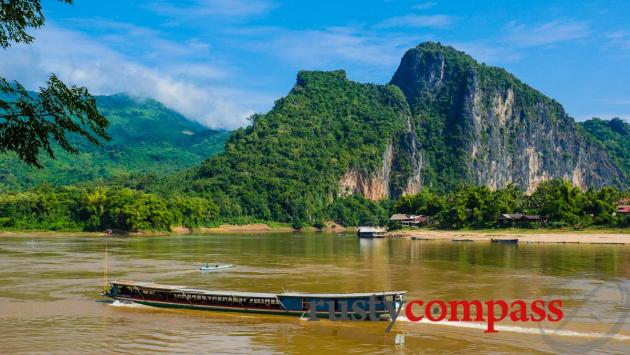
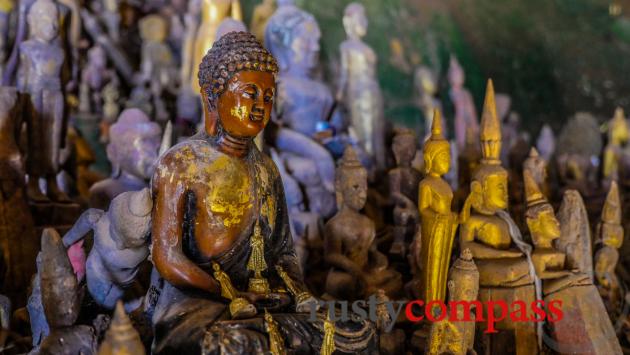
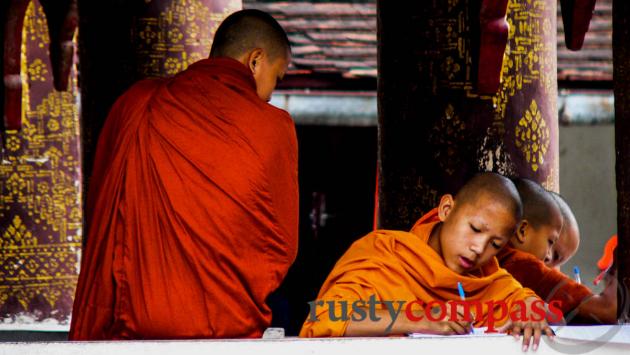
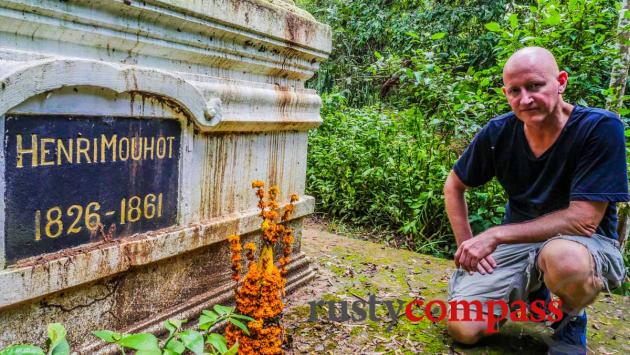
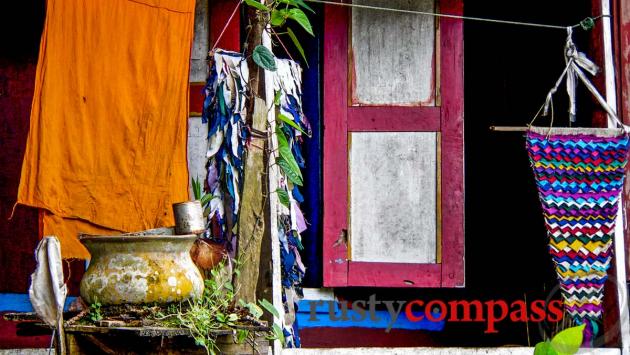
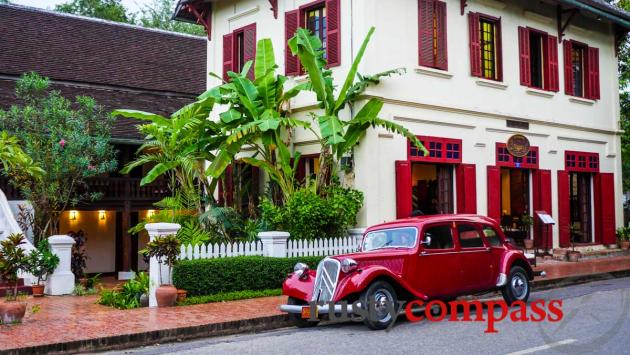
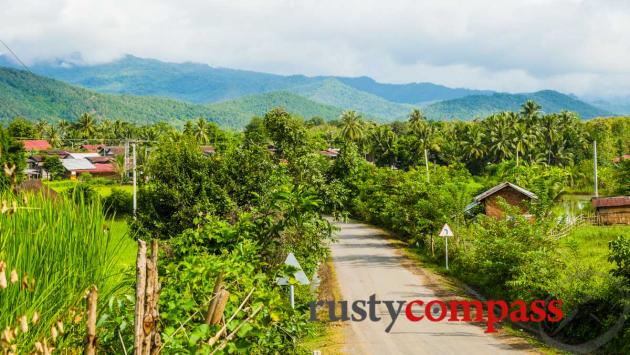
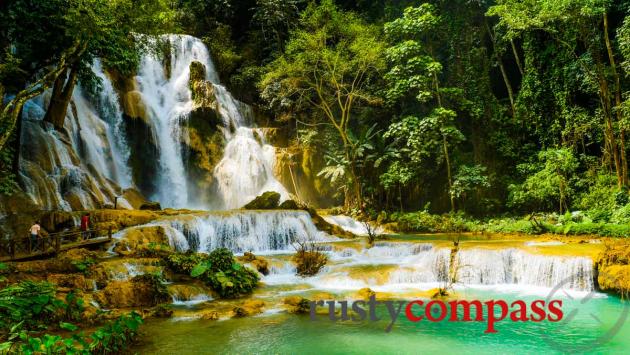




Twitter: @rustycompass
Rusty Compass is an independent travel guide. We’re focused on providing you with quality, unbiased, travel information. That means we don't receive payments in exchange for listings and mostly pay our own way. We’d like tourism to be a positive economic, environmental and cultural force and we believe travellers deserve disclosure from publishers. Spread the word about Rusty Compass, and if you're in Saigon, pop in to The Old Compass Cafe and say hi. It’s our home right downtown on Pasteur St. You can also check out our unique tours of Ho Chi Minh City and Sydney at www.oldcompasstravel.com Make a financial contribution using the link below. Even small amounts make a difference. Thanks and travel well!